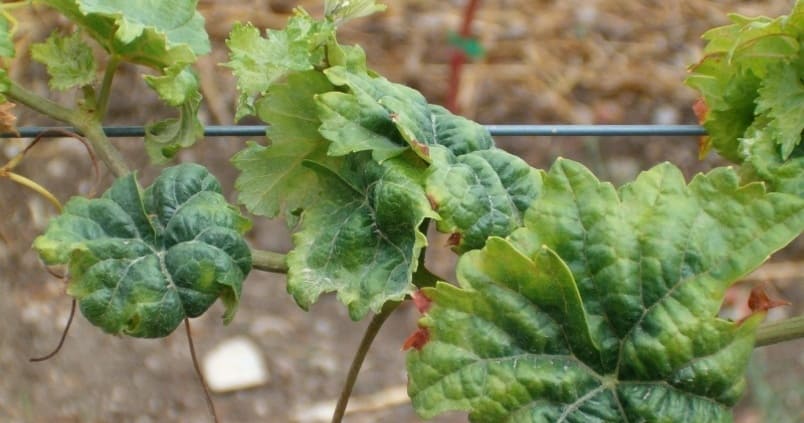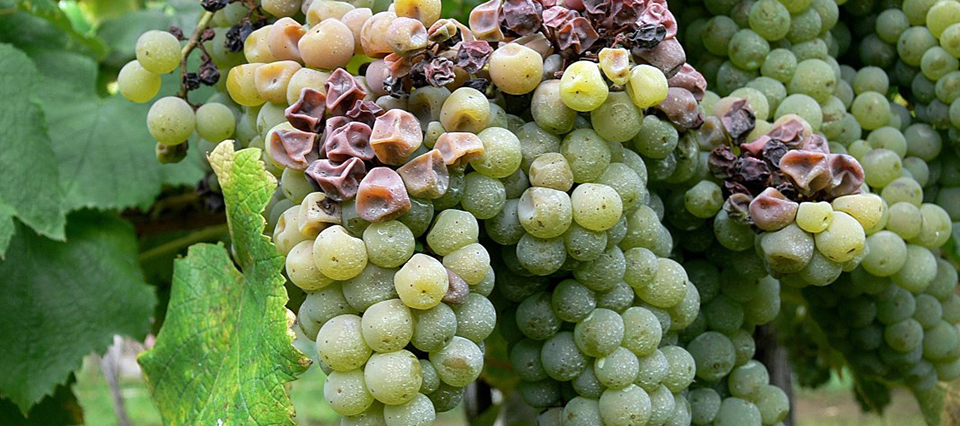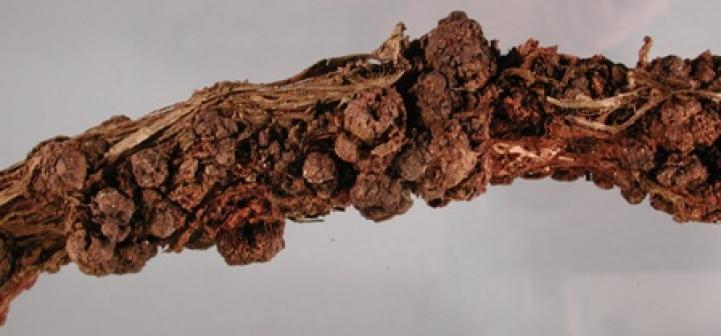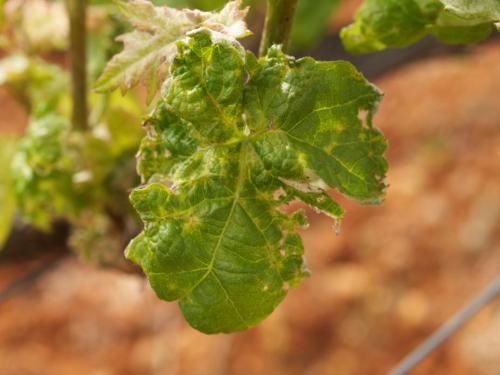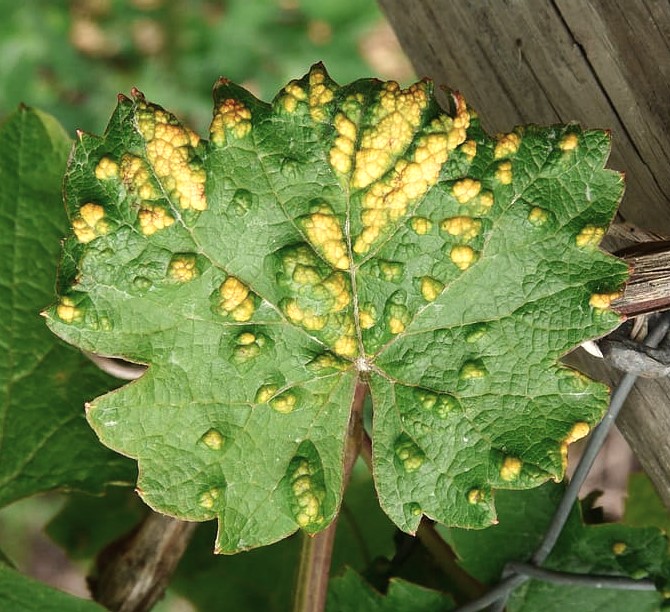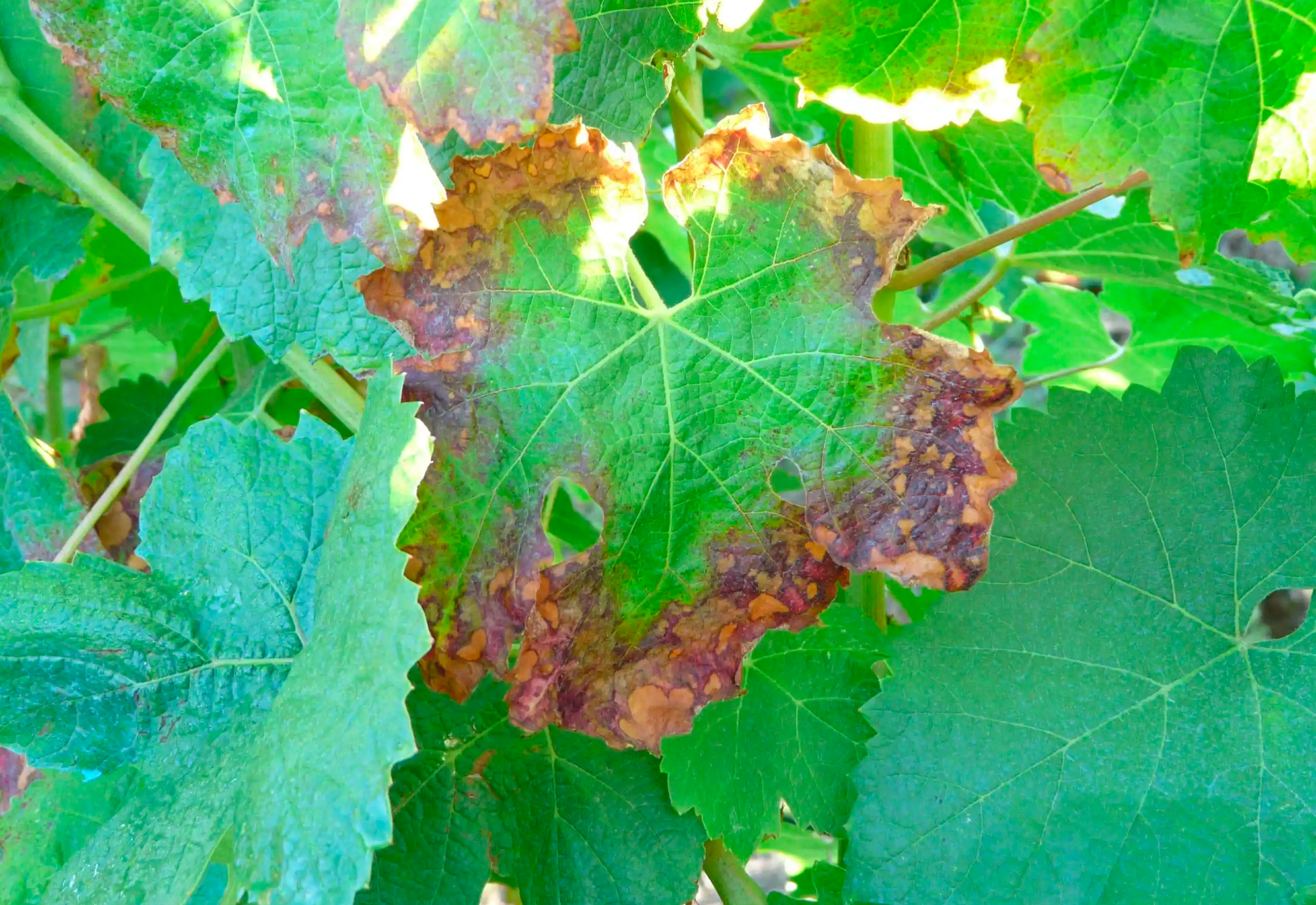
Cluster Moth Or European Moth
WHAT IT IS AND HOW TO ELIMINATE
Vid
Cluster Moth Or European Moth
Lobesia Botrana
Pathogen:
Insect
Type:
Risk to the plant:
HIGH
Polillas
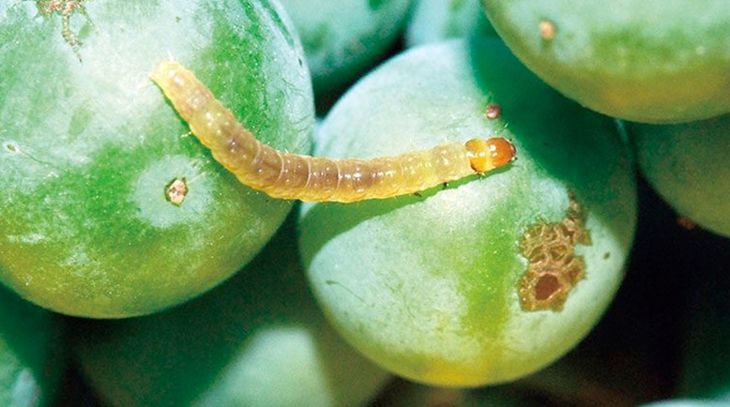
WHO CAUSES IT?
*Lobesia botrana*, commonly known as the cluster moth or European moth, is a lepidopteran that represents one of the most important pests for the vine. Its development goes through several phases, beginning with the laying of eggs in the inflorescences or clusters of the vine. The larvae emerge and begin to feed on floral tissues or berries, causing direct damage to the clusters. Throughout its development, the moth goes through 3 to 5 generations annually, depending on climatic conditions. The larvae pupate in the soil or in the bark of the vine, where they transform into adults. The adults are small moths that restart the reproductive cycle. During the colder months, the moth enters a diapause phase as a pupa, allowing it to survive until the next spring. Favorable conditions, such as warm temperatures and the continuous presence of hosts, allow rapid spread and increase of populations.
SYMPTOMS
The infestation of *Lobesia botrana* in the vine causes significant damage to the clusters, directly affecting the quality and quantity of production. The larvae feed on flowers and berries, creating wounds that encourage the entry of secondary pathogens, such as fungi that cause rot. In addition to physical damage, affected grapes are more susceptible to fungal diseases, which further compromises fruit production and quality.
- Visible damage to the vine inflorescences.
- Drilling and destruction of young berries.
- Drying and premature fall of damaged fruits.
- Appearance of gray rot in the clusters due to secondary infections.
- Reduction in total crop yield.
- Loss of quality in fruits due to wounds caused by larvae feeding.

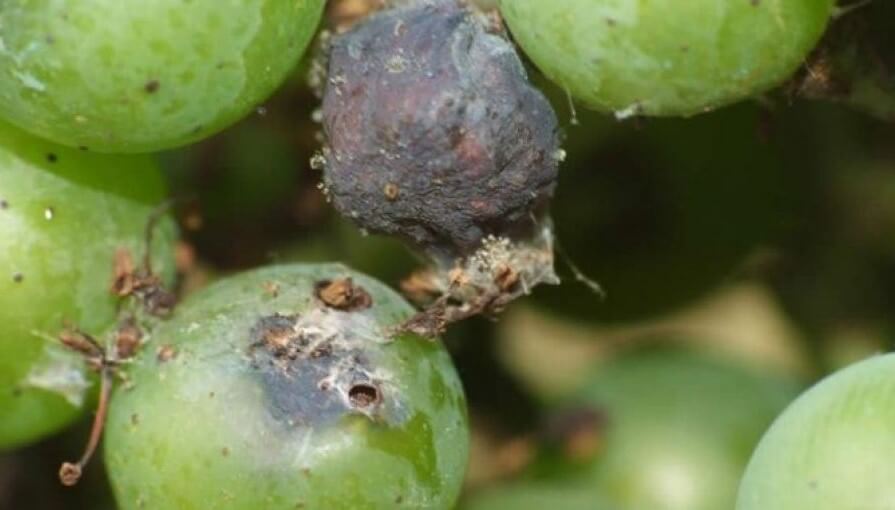

DEVELOPMENT CONDITIONS
Temperature:
18°C - 30°C
Humidity:
70% - 90%
HOW IS IT SPREAD?
Wind, movement of infected plants, crop remains, dispersal of flying adults
HOW TO ELIMINATE IT?
Home treatments
Natural allies
Chemical treatments
RECOMMENDED PRODUCTS TO ELIMINATE THE PEST
PLANTAS REPELENTES
-
RECOMMENDATIONS
- Check your plants frequently for caterpillars or early damage
- Remove the caterpillars by hand if there are few of them and destroy them
- Use light traps or pheromones to attract adult moths
- Attracts beneficial insects such as parasitoid wasps or ladybugs
- Keep the crop clean and free of remains of old plants
- Apply natural extracts such as neem or Bacillus thuringiensis, a safe biological product
- If the damage is severe, consult a technician to use specific products safely











